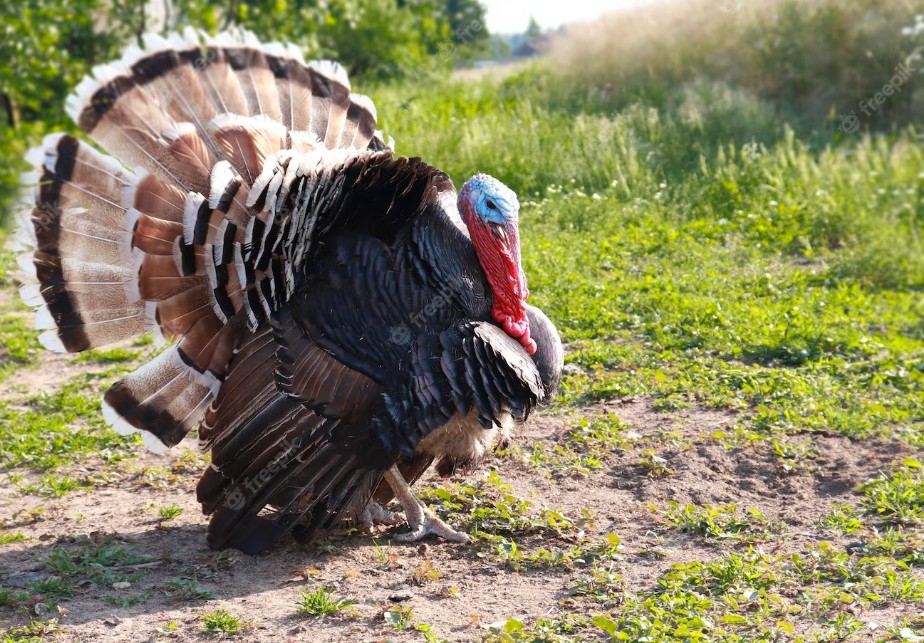What do wild turkeys eat


What do wild turkeys eat
As an avid outdoorsman and turkey hunter, it is imperative to recognize that comprehending the dietary habits of wild turkeys is crucial for triumphant hunting. In North America, wild turkeys are omnivorous and consume a wide array of foods throughout the year, which undoubtedly influences their conduct.
During the spring season, turkeys primarily rely on insects as a protein source. They chow down on anything from grasshoppers to caterpillars, which cater to their protein necessities. Moreover, insects are vital for wild turkey poults, as they provide the necessary protein required for growth and development.
As the fall season approaches, turkeys switch to consuming more plant matter. They look for berries, acorns, and nuts, such as hickory nuts and beechnuts. These foods provide crucial nutrients and energy that turkeys need to brace themselves for the upcoming winter months. In addition, they will also nibble on various seeds, such as those found in grasses, weeds, and flowers.
During the winter, turkeys struggle to find food, and they depend heavily on stored fat reserves to survive. They scavenge through snow and ice to locate remaining seeds, berries, or nuts. Besides, they nibble on buds and twigs from trees and shrubs, which provide essential nutrients and energy during the colder months.
However, it’s important to understand that the diet of wild turkeys is significantly influenced by the habitat in which they reside. For example, turkeys that inhabit forested areas have a more extensive range of food options, such as nuts, berries, and insects. Conversely, turkeys that reside in open grasslands or agricultural fields will primarily consume grains and seeds.
It is noteworthy that the diet of wild turkeys has a significant impact on their health and reproductive success. In regions where food is scarce, turkeys may struggle to maintain their body weight and produce healthy eggs, leading to reduced fertility rates and an overall population decline.
Hunters should consider the seasonal changes in wild turkey diet, which can give them an advantage in the field. During the spring season, when turkeys primarily feed on insects, hunters should focus on calling and decoy strategies in areas with high insect populations. In the fall season, when turkeys feed heavily on acorns, hunters should search for areas with abundant oak trees. By concentrating on the birds’ preferred food sources, hunters can increase their likelihood of success.
On the flip side, areas with abundant food resources can support large populations of wild turkeys, allowing them to flourish and reproduce at a healthy rate, contributing to the overall health of the ecosystem.
It’s also vital to acknowledge the impact that human activities can have on the diet of wild turkeys. For instance, feeding turkeys with human food can cause them to rely on unnatural food sources, leading to a decline in their ability to forage for natural foods. Consequently, this can lead to a decline in the overall health of the population.
In conclusion, wild turkeys in North America have a varied and adaptable diet. Their diet changes throughout the year, depending on the availability of food sources. As a hunter, understanding the seasonal changes in turkey diet can give you a significant advantage in the field. By focusing on the birds’ preferred food sources, you can increase your chances of success and bring home a trophy bird for the dinner table.




